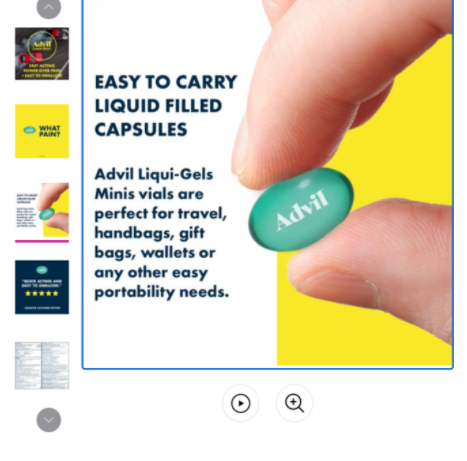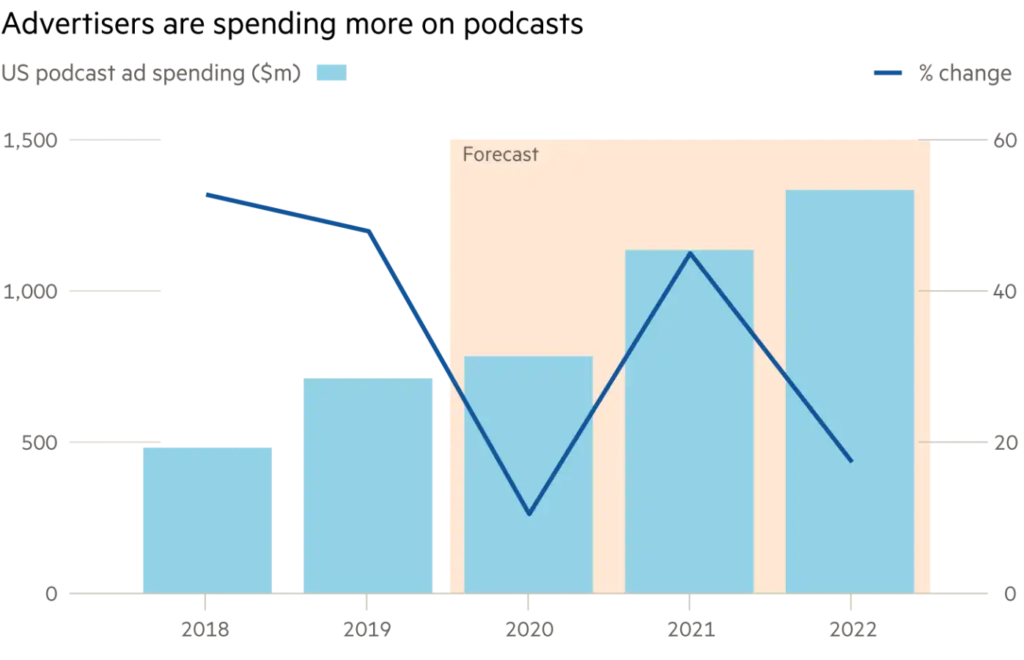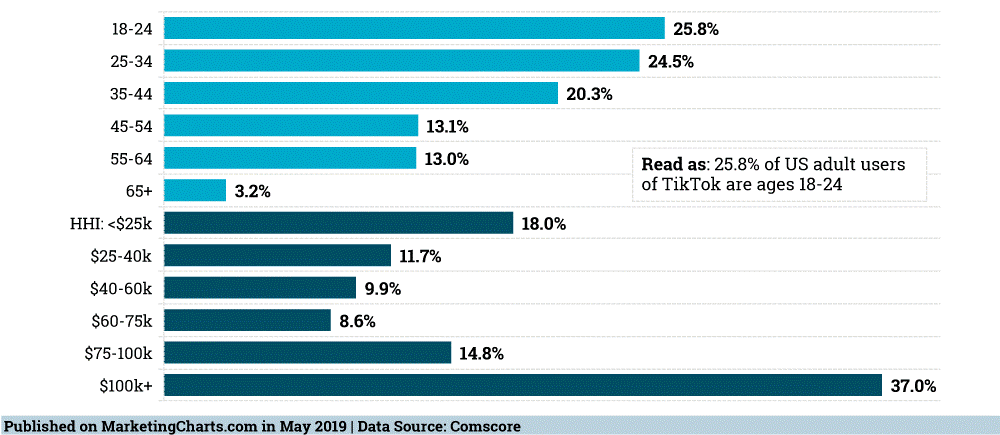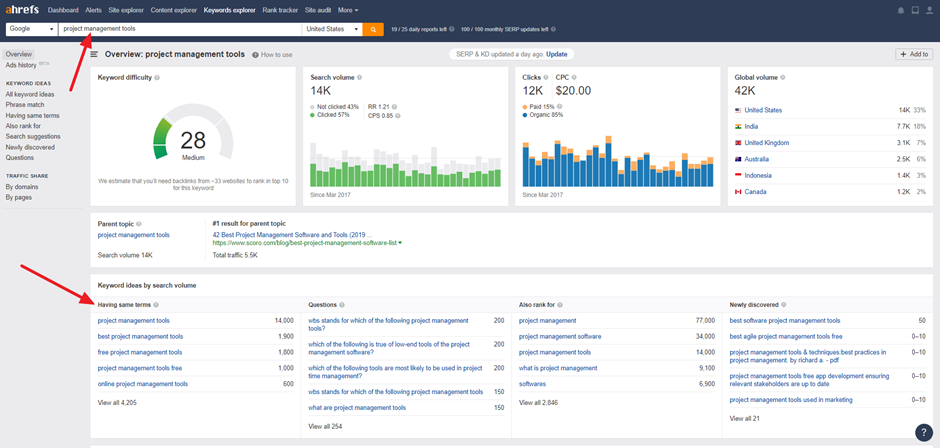What is performance marketing in digital marketing?
Suggestive of the name, performance marketing is a type of digital marketing where brands pay based on the performance of their campaigns. While this form of advertising has been created for and developed on the Internet, and later expanded to mobile marketing, versions of it can also work in other media. For instance, CPM advertising has been implemented by directory-assistance providers.
A subset of performance-based marketing is affiliate marketing, which pays Internet publishers (affiliates) to promote a particular product or service, paying a commission for each lead or sale generated by the affiliate website.
Performance-based marketing comes in all shapes and sizes. But at its core, there are two main parties involved: the brand, or the company that wants to be promoted, and the publisher, or the person or company that promotes it.
These two entities work together to set specific goals, build a plan and set of agreements for accomplishing them, and set up tracking to be 100% clear when those goals are met. Therefore, when all these processes are completed based on the established terms, the brand pays the publisher for the accomplished objective.
How does performance marketing work?
As is the case with all media (often purchased by media buyers), each channel has a specific audience and offers different types of advertising platforms to reach them. Obviously, no channel shows all the ads available, all the time, to everyone. So how do the different platforms choose what to show? Combinations of the following factors come into play based on:
- Target audience and segmentation: Each ad platform offers ways for you to target your audience in the form of audience segments.
- Bid: The modern advertising landscape calls upon programmatic capabilities that factor in the amount you’ve agreed to pay to show your ad in a specific place and time, to your chosen target audience.
- Quality and relevance: Trust is the biggest issue people have with advertising of any kind. As such, ad performance is factored in.
- Conversion: The economics of performance marketing is based on consumers taking action. When the required action doesn’t take place the network doesn’t get paid. So your ad gets displayed more when it works.
Elements of performance marketing
To properly understand how performance marketing works, you need to have knowledge of the key elements in the process. Each element is imperative for Performance Marketing to work, and they work in unison, each with their own essential role that drives the ultimate desired result. Here is a breakdown of each group:
- The brand also referred to as the merchant, retailer, or advertiser. This is a company that sells goods or services and wants to accomplish a specific goal, like more leads or sales.
- The publisher also called the affiliate, marketer, or partner. This is a person or company that uses various strategies and techniques to promote the brand and accomplish its goals. Publishers carry out this promotion on their own media, like their website, blog, or social media accounts.
- Networks and platforms. Networks and platforms are third-party entities that connect brands and publishers, manage campaigns and payments, and track the performance of campaigns. Brands don’t necessarily need to go through a network, but they’ll likely still need a platform to track clicks, sales, and other key performance indicators (KPIs).
- Outsourced program managers (OPMs). These firms and agencies run full-service performance marketing campaigns for brands that don’t want to manage them in-house. OPMs offer services like marketing strategy, publisher recruiting, and campaign design, and compliance with regulations. They can also help to optimize performance through landing page optimization, search engine optimization (SEO), and other online marketing best practices.
Performance marketing strategy
If performance marketing is about paying for action, it pays to have a strong grasp on the various strategies most commonly used, and the actions most commonly measured.
- Cost Per Impression (CPM): The amount an advertiser pays a publisher per one thousand times that their advertisement is shown
- Cost Per Click (CPC): The amount an advertiser pays only when their advertisement is clicked on
- Cost Per Sales (CPS): The amount an advertiser pays only when a sale is directly generated by an advertisement
- Cost Per Leads (CPL): The amount an advertiser pays when they receive a sign-up from an interested consumer as a direct result of their advertisement
- Cost Per Acquisition (CPA): The amount an advertiser pays when a specific action, such as a sale, a form completion, or a click, occurs
Importance of performance marketing
Performance marketing is a direct solution to one of today’s biggest obstacles in marketing: attribution. Often, brands simply can’t pinpoint which of their efforts are creating positive results for their business. Attribution is the act of directly linking an effort to its outcome.
As eMarketer lays out in its marketing measurement hierarchy, attribution for all of a brand’s marketing channels is a critical step toward getting a holistic view of how and why a customer buys. This understanding helps you optimize the customer journey, which is the path that starts with their first exposure to your brand and ends with the sale.
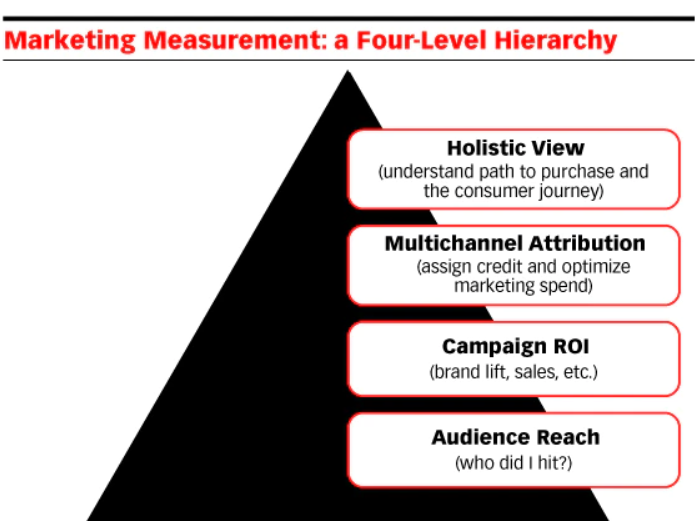
Source: eMarketer
Performance marketing channels
If performance marketing demands accountability, it follows that performance marketing channels are those that empower you to measure specific actions.
Native advertising
Native advertising, content discovery programs, enable you to dramatically scale the reach of your content and achieve click-through to specific landing via the websites of publishers. This form of native advertising can be particularly fruitful for brands that are not achieving their goals via search and social media channels.
Sponsored content
Another form of native advertising, sponsored content does not immediately drive traffic offsite, but instead to a page on the publisher’s site. Sponsored content is a worthy investment for augmenting a brand’s owned media and can help reach those who tune-out traditional ads.
Social media advertising
Although social media advertising can run-up a sizable tab, ad programs offered by Facebook, Instagram, Twitter, LinkedIn, and other channels enable marketers to target prospects with great precision and overcome the challenge of gaining exposure via organic posts.
Search engine marketing
Pay-per-click programs offered by Google and Bing accelerate a brand’s exposure via search engine results pages for keywords in ways organic SEO cannot. SEM ad programs are reputed to deliver high commercial intent and therefore impressive ROI for brands that have finely tuned their programs.
Affiliate marketing
Many brands pursue affiliate marketing and realize a strong return on investment (ROI). It’s essentially free advertising.
Conclusion
Performance marketing is a great strategy when you want to be able to measure results and get them fast. To really hit your business goals, it’s important you build your campaigns strategically by choosing the right platform, ad format, optimization goals, focus on the right audience, and of course, creating an ad that will resonate with your target audience.

